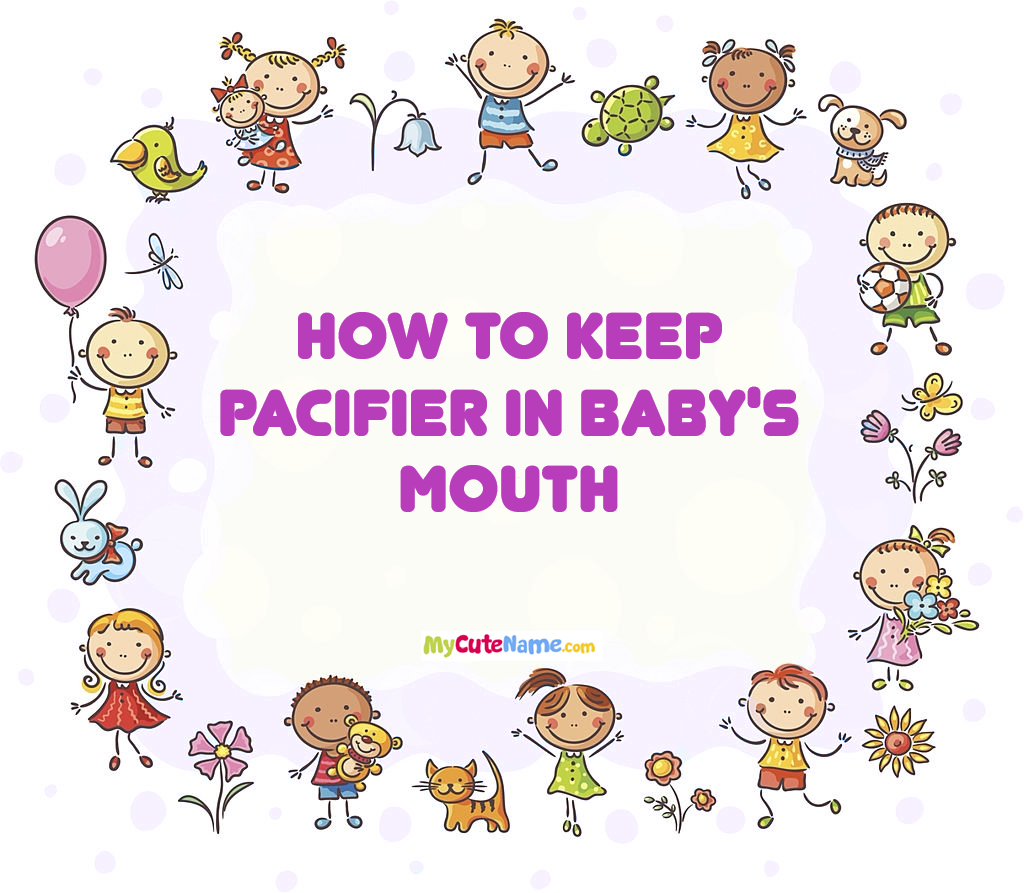


Ensuring that a pacifier stays in a baby's mouth can be a challenge for many parents. Pacifiers can provide comfort and help soothe babies, but they often have a mind of their own, popping out just when you think you've got them settled. Finding effective strategies to keep pacifiers in place can make life easier for both babies and parents. Whether you're dealing with a newborn or an older infant, exploring techniques to encourage pacifier retention can lead to more peaceful and restful moments for everyone involved.
Pacifiers soothe and distract
Using a pacifier can serve as a helpful tool for parents seeking to extend the time between feedings by providing a soothing distraction for their baby. Additionally, pacifiers can offer comfort and relief to infants, particularly during bedtime or when experiencing physical discomfort. Some healthcare professionals even advocate for pacifier use to calm babies during brief medical procedures such as blood draws.
Baby may sleep better and longer
For some babies, the urge to suck isn't always linked to hunger, leading them to wake up frequently at night. Additionally, older infants may develop a habit of nighttime feedings, even when they're not necessarily hungry. Introducing a pacifier can help fulfill their sucking needs unrelated to hunger, potentially aiding them in sleeping for longer periods at night as they grow older. Moreover, pacifiers can be instrumental in the process of night weaning, providing comfort without the need for nursing.
Pacifiers may reduce the risk of SIDS
The discussion around the use of pacifiers at bedtime has sparked debate, with various studies presenting conflicting findings. While a 2005 research review suggested a correlation between bedtime pacifier use and a reduced risk of sudden infant death syndrome (SIDS), a 2017 study contradicted these findings. Despite this, experts highlighted in a 2020 article the results of prior case-control studies indicating a potential decrease in SIDS risk associated with pacifier use. However, it's essential to recognize that other factors may also contribute to this risk reduction, not solely the pacifier itself. While many pediatricians advocate for offering a pacifier at night to mitigate SIDS risk, parents shouldn't feel compelled to enforce its use. If a baby refuses or struggles to keep the pacifier in their mouth, it's perfectly acceptable as well.
They can help with air travel
Using pacifiers during flights can be beneficial when traveling with a young baby, especially since infants cannot equalize ear pressure by jaw movements. Sucking on a pacifier during takeoff and landing can help alleviate discomfort caused by changes in air pressure.
Main steps to keep pacifier in baby's mouth
Keeping a pacifier in a baby's mouth can be challenging, but there are a few strategies that can help:
By trying these tips and being patient, you can help keep the pacifier in your baby's mouth for longer periods of time.
Conclusion
In conclusion, keeping a pacifier in a baby's mouth can be challenging, but with patience and the right techniques, it is possible to help your baby use it effectively. By finding the right pacifier, using pacifier clips, offering it during sleep, practicing gentle encouragement, and monitoring for safety, parents can increase the likelihood of their baby keeping the pacifier in their mouth for longer periods. Remember to always prioritize safety and supervise your baby when they have a pacifier. With consistent effort and attention, parents can successfully help their baby use a pacifier for comfort and soothing.
Note: Please also check your spam or junk email folder.